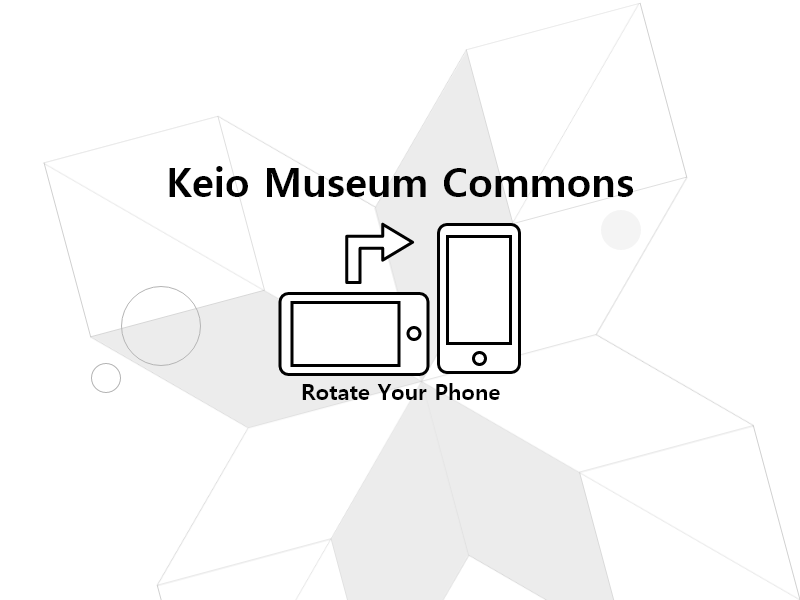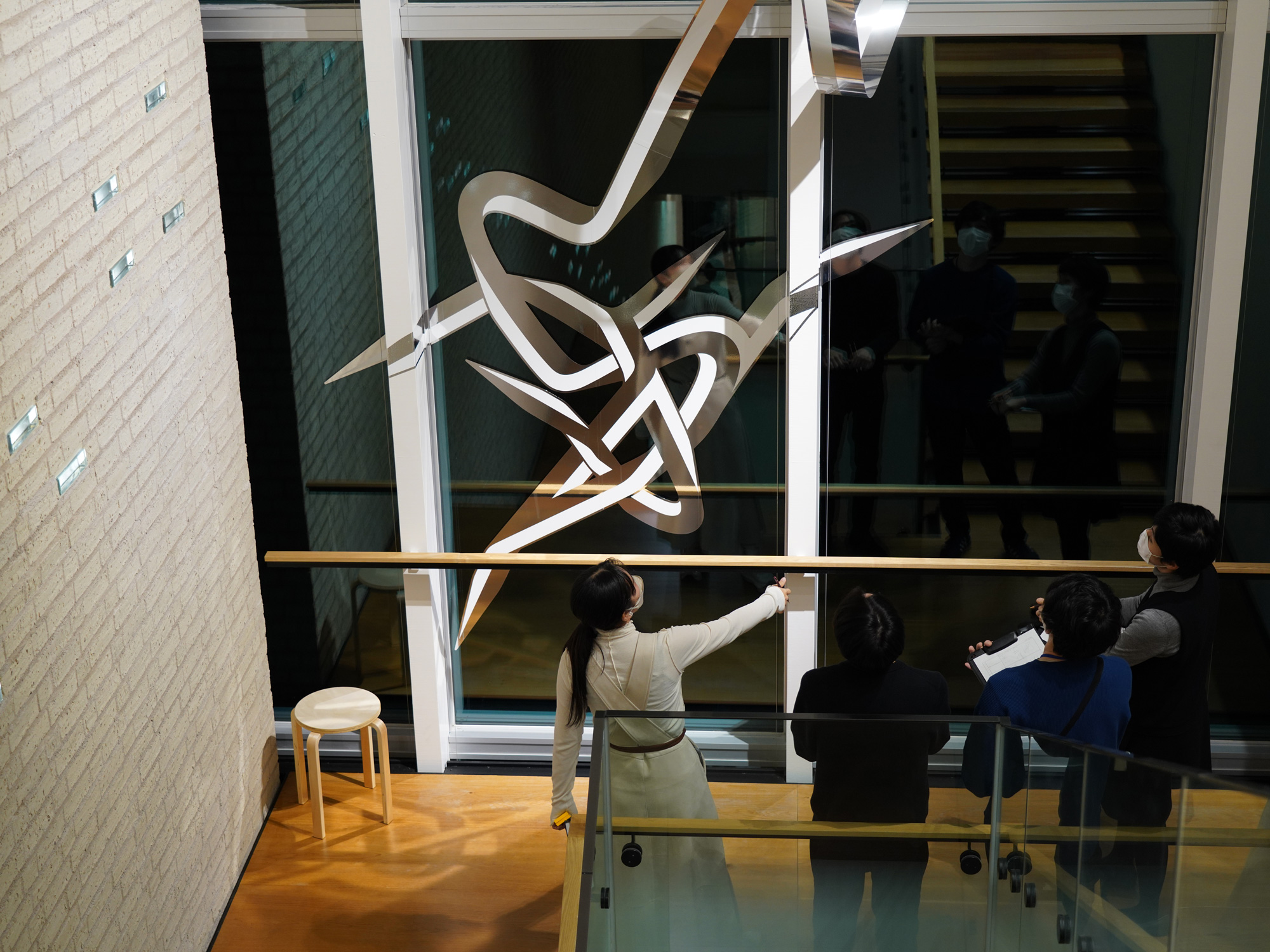


The guidance video for the 2025 Spring course is now available: https://youtu.be/XgXptMnUoVw
Objects around us have different forms and encompass a variety of meanings and histories. How we perceive objects and what we find in them differ for each person, and objects take on a particular appearance each time we interact with them.
In this course, based on the pedagogy of ‘Object-based Learning’, which is rooted in dialogue based on the observation of objects such as artworks and academic resources, participants develop their knowledge and understanding of the objects through conversation with others, while acknowledging their own contexts. Through discussion with others, participants also learn how to accept diverse values.
Through visits to museums, libraries, archives and other cultural institutions within the university, students will learn about the characteristics of various cultural resources and consider the prospects for their digitalisation and utilisation, with reference to the activities of the Digital Archives and Digital Humanities areas.
The course also aims to develop a mindset to question existing presuppositions through collaborative practice and discussion using objects and to learn how to creatively output thinking through digital fabrication practice utilising KeMCo’s information environment.
This lecture is held face-to-face. If there are too many applicants, there will be a lottery.
More information on the course is also available in the guidance video.
Guidance video: https://youtu.be/XgXptMnUoVw
Course keywords: Art, Cultural heritage, Academic resource, Conversation, Digital humanities, Co-creation, Fabrication
Museum and Commons II (2025 Autumn)
| No.1 | Learning from / about Objects: An Introduction to Object-based Learning (OBL) Share how the class will work and introduce the overall theme. |
| No.2 | Learning from / about Objects: An Introduction to Object-based Learning (OBL) In addition to practical OBL exercises, discuss the characteristics of the OBL methodology and the perspectives to be acquired. |
| No.3 | Learning from/about objects: An Introduction to Object-based Learning (OBL) In addition to practical OBL exercises, discuss the characteristics of the OBL methodology and the perspectives to be acquired. |
| No.4 | Sharing ways of looking at contemporary art: visit to the Keio University Art Center’s exhibition Through a visit to the contemporary art exhibition at the Keio University Art Center (Motohiro Tomii exhibition), share and discuss perspectives on how we see contemporary art. |
| No.5 | The book as an object: looking at Western medieval manuscripts in the Rare Book Room of the Keio University Library A visit to the Rare Book Room of the Keio University Library to learn about the perspective of seeing books as objects through handling Western medieval manuscripts. |
| No.6 | Discussion: looking at objects Share and discuss what insights into looking at objects have been gained through the visit so far. |
| No.7 | Objects that attract collectors: a visit to the Shido Bunko Through a visit to the Shido Bunko, which collects and researches materials on Japanese and Oriental classics, learn and consider the power of objects to attract people. |
| No.8 | Sharing ways of looking at printed books: a visit to the KeMCo exhibition of old printed books Based on the previous week’s visit to the Shido Bunko, share perspectives on looking at printed books through a visit to the KeMCo exhibition of old printed books from the early Edo period. |
| No.9 | Discussion: observing and describing Learn ethnomethodological methodology on ‘observing and describing’ and discuss it with work on describing situations and actions. |
| No.10 | Seeing digital data as objects How do objects develop or transform in a highly information-oriented society? This lecture provides an overview of the development of information technology (digital) and looks at its further possibilities. |
| No.11 | Digital data and objects 1-1 Learn about the significance and methods of converting objects into digital data, especially about three-dimensional (3D) representation through case studies and practical exercises. |
| No.12 | Digital data and objects 1-2 Learn about the significance and methods of converting objects into digital data, especially about three-dimensional (3D) representation through case studies and practical exercises. |
| No.13 | Digital data and objects 2 How can objects and events accumulated over thousands of years of human history be shared? Learn about the system and utilisation of global data spaces through case studies and practical exercises. |
| No.14 | Digital data and objects 3 While looking ahead to the future vision of objects in the age of Internet era, learn about the new value created by the relationship between digital data and objects, through discussion and practical training. |
※ This course is organized as part of the University’s educational programme, and is therefore only open to those affiliated with the University.